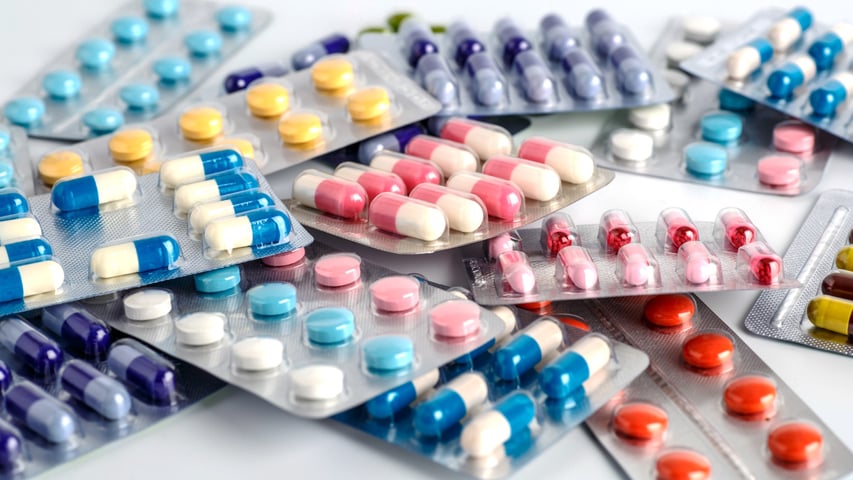
Wettability plays a crucial role in many industrial processes where liquid and solid interact. This is true also in the pharmaceutical industry where wettability is of utmost importance in various process steps from the manufacturing of solid dosage forms to their disintegration and dissolution. Tablets are the most popular dosage forms because of the several advantages they offer. From a manufacturing point of view, they are suitable for mass production and the manufacturing costs can be kept low. For patients, tablets are easy to handle and use. Coating the tablets is done to improve their appearance, mask the taste and odor as well as control the rate of drug release. Wettability has a critical role in the coating process.
Adhesion of the film coating on pharmaceuticals is important as the coating often plays an important role also in the drug release process. A non-uniform coating may lead to premature release of the drug. How the coating formulation is spread on the tablet surface and the strength of bonding is dictated by the surface properties. Surface roughness and hydrophobicity of the substrate surface should be evaluated to ensure proper bonding.
The surface tension of the coating formulations determines together with the substrate properties how the formulations spread and adhere to the substrate. Especially with water-based coating formulations, the surface tension is typically too high to facilitate good spreading. On the other hand, if the surface tension is too low the leveling process will be influenced leading to an orange peel surface. Surface tension can be modified with surfactants. Commonly used surfactants in the pharmaceutical industry are, for example, Spans and Tweens.
To learn more about surface tension and how it can be measured, please register for the webinar through the link below.
Learn about the effect of surface roughness and wettability on biocompatibility of biomaterials and medical devices.
This blog post describes the importance of fiber diameter on the contact angle measurements of fibers with Wilhelmy method
Standard contact angle measurement considers the surface's chemical properties. The influence of surface roughness is added by utilizing the Wenzel equation.
Wettability is crucial in biomedical applications as it affects protein adsorption, cell adhesion, blood coagulation, and bacterial colonization.
Liquids’ ability to wet a solid surface has widespread importance in many everyday products and industrial processes.
Membrane wettability is a key property to ensure success of membrane distillation process
Hydrophobic surface properties are needed in contact with the food product while hydrophilicity is needed when printing on food packaging.
Wettability is pivotal in pharmaceutical dosage form manufacturing as well as in drug efficacy.
Understanding the wettability of membranes is essential for optimizing these processes and achieving desired separation outcomes.
